Lymantria dispar
(Linnaeus, 1758)
-
 Subfamily: Lymantriinae, Lymantriini
Subfamily: Lymantriinae, Lymantriini -
 Wingspan: 40-90 mm
Wingspan: 40-90 mm -
 Flight period: Jul - Aug
Flight period: Jul - Aug -
 Spread: Common
Spread: Common -
 Host plants: Polyphagous
Host plants: Polyphagous
Information
The Lymantria dispar also called Gypsy Moth is a moth of the Erebidae family, subfamily Lymantriinae, with wingspan of 40-50 mm in males 60-90 mm in females.
Visible in most of Europe, it is absent from Ireland, Norway.
In Italy it is also present in the islands. *
This moth is widespread in Eurasia, North Africa and North America (Introduced in North America by Étienne Léopold Trouvelot, with the intention of crossing
various species of silkworms, in order to develop a silkworm industry. The moths were accidentally released from his residence in Medford, Massachusetts) **
This well known harmful species is characterized by a marked sexual dimorphism.
The males of the Lymantria dispar are ocher-brownish in color, with extensive dark brown designs on the front wings and with a dark brown submarginal rim on the hind wings which are ocher;
while the females, larger, are mainly white with characteristic black designs in the shape of V ;
the hind wings are white with a dark shading parallel to the edge in the submarginal region
Its classification has changed over the years, resulting in confusion surrounding it
the taxonomy of this species, which has jumped between Lymantriidae , Noctuidae to be now in the Erebidae .
Lymantria dispar overwinters at the egg stage.
Males fly in the daytime, while females do not fly at all and rarely move away from where they have flickered.
It performs an annual (univoltine) generation; adults appear in July.
Particular is the information given by the number and position of the eggs (laid in plaques covered by a thick down) of Lymantria dispar on plants in relation to fluctuations
of the current population level: 600-800 eggs up to 2 meters high indicate a latency phase of the insect. Fewer eggs,
approximately 300-500 positioned up to 6 meters high indicate the peak of the explosive increase.
The caterpillar is bluish gray with red spots (towards the tail) and blue (towards the head) on the back, equipped with long tufts of hair.
The hairs of these caterpillars can be slightly stinging in particularly sensitive people.
Lacrisalis is cylindrical, squat, brown in color, with few reddish reflections, some tufts of yellow / orange hair emerge from it.
Despite a predilection for oaks , the caterpillars can feed on the leaves of various trees and shrubs, often devastating entire woods.
It is included in the list of 100 among the most harmful invasive species in the world .
In North America, the parasitoid wasp Ooencyrtus kuvanae has been introduced as a biological control agent against Lymantria dispar .
The egg parasitic wasp, however, is not strictly host specific, as it parasites the eggs of other moth species as well. ***
* Lepidoptera mundi https://lepidoptera.eu/ - Fauna Europea https://fauna-eu.org/
** The Gypsy Moth: Research Toward Integrated Pest Management, United States Department of Agriculture, 1981
*** Brown, M. W. (1984). "Literature review of Ooencyrtus kuvanae [Hym.: Encyrtidae], an egg parasite of Lymantria dispar [Lep: Lymantriidae]". Entomophaga. 29 (3): 249–265.
- https://link.springer.com/article/10.1007/BF02372112
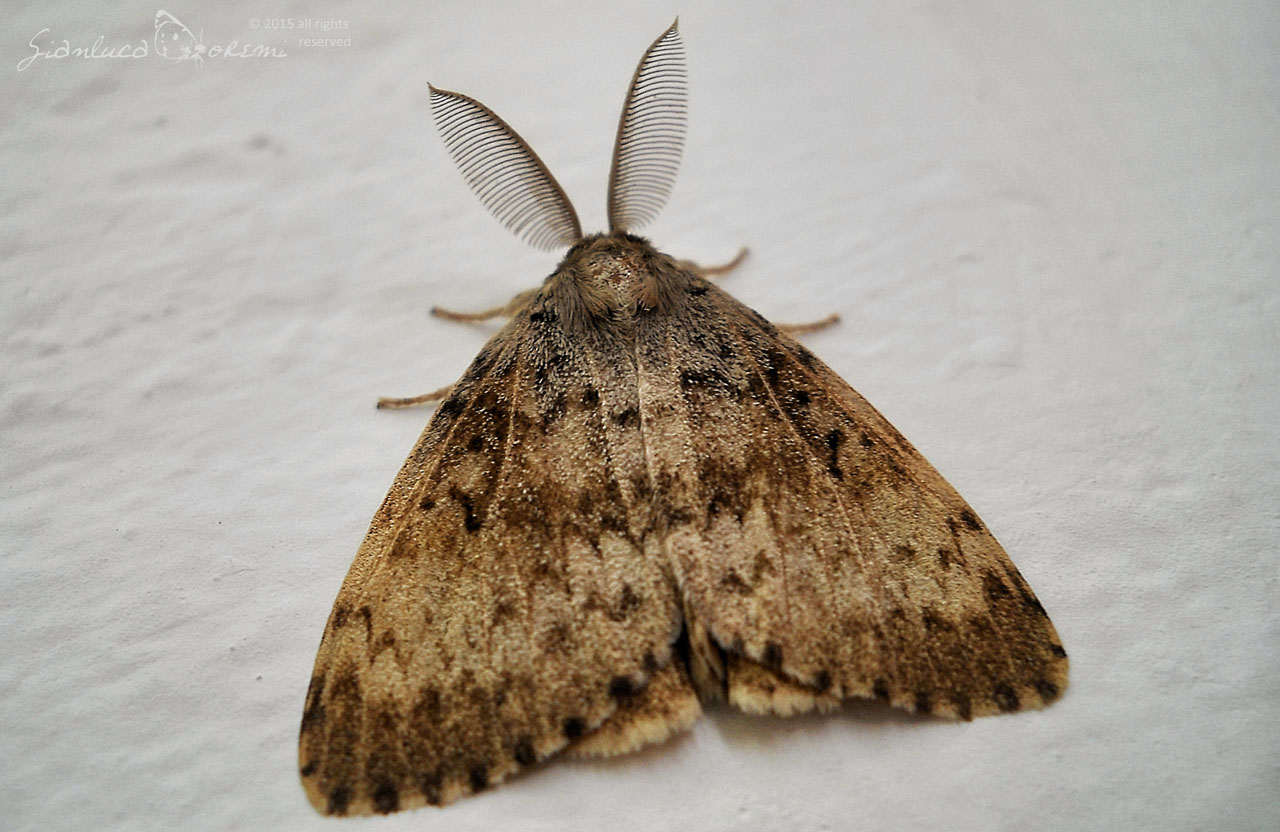
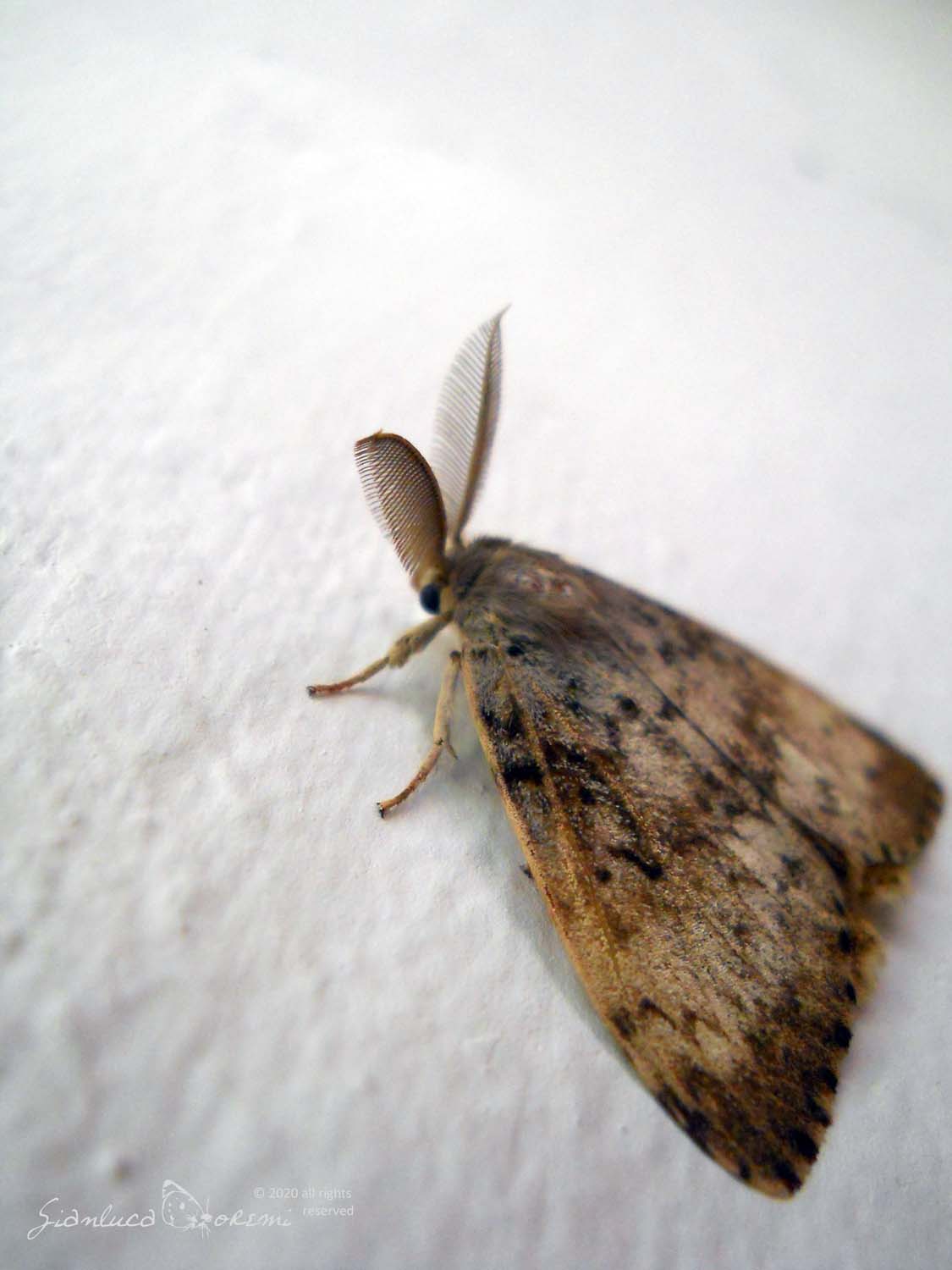

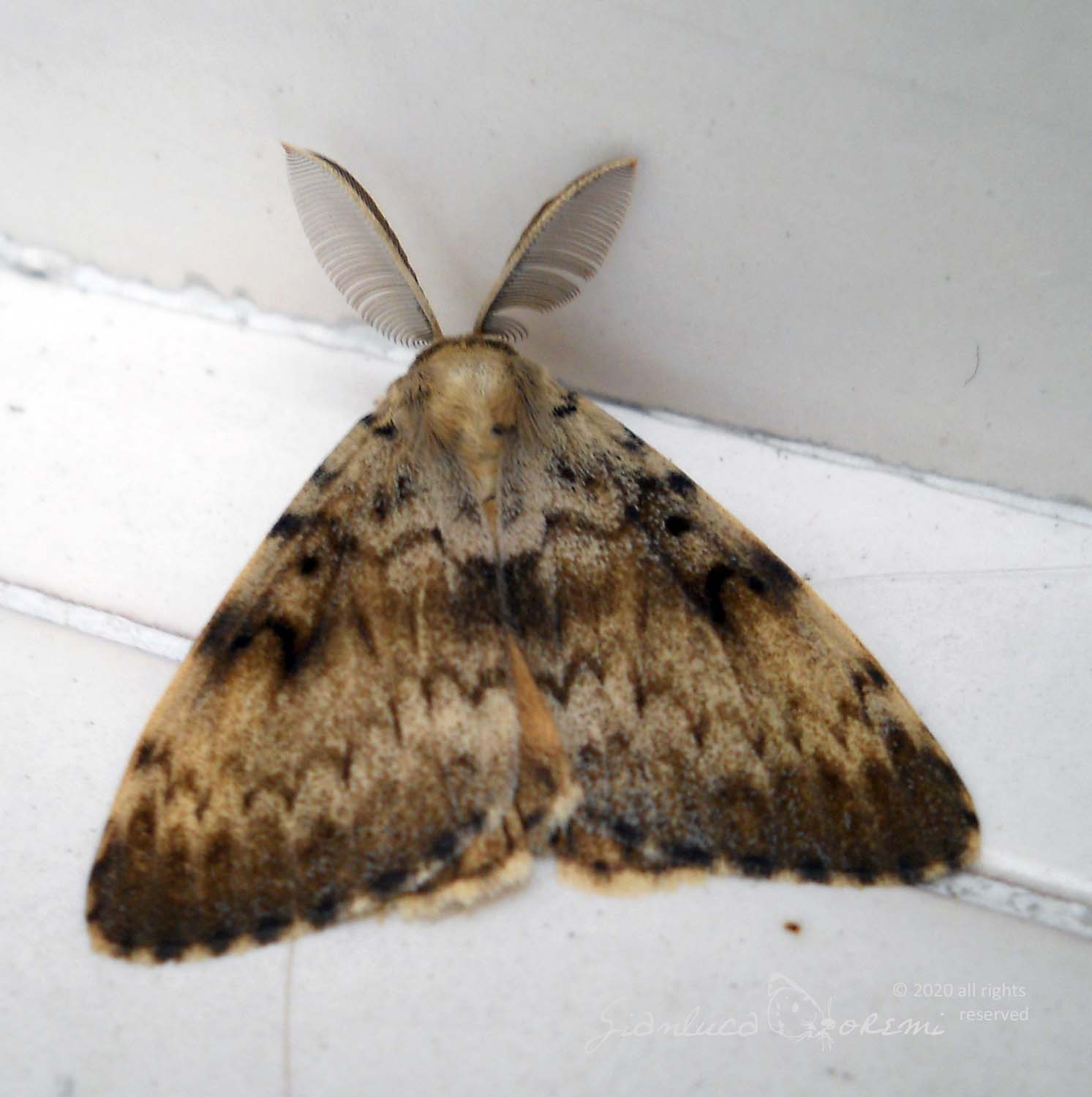
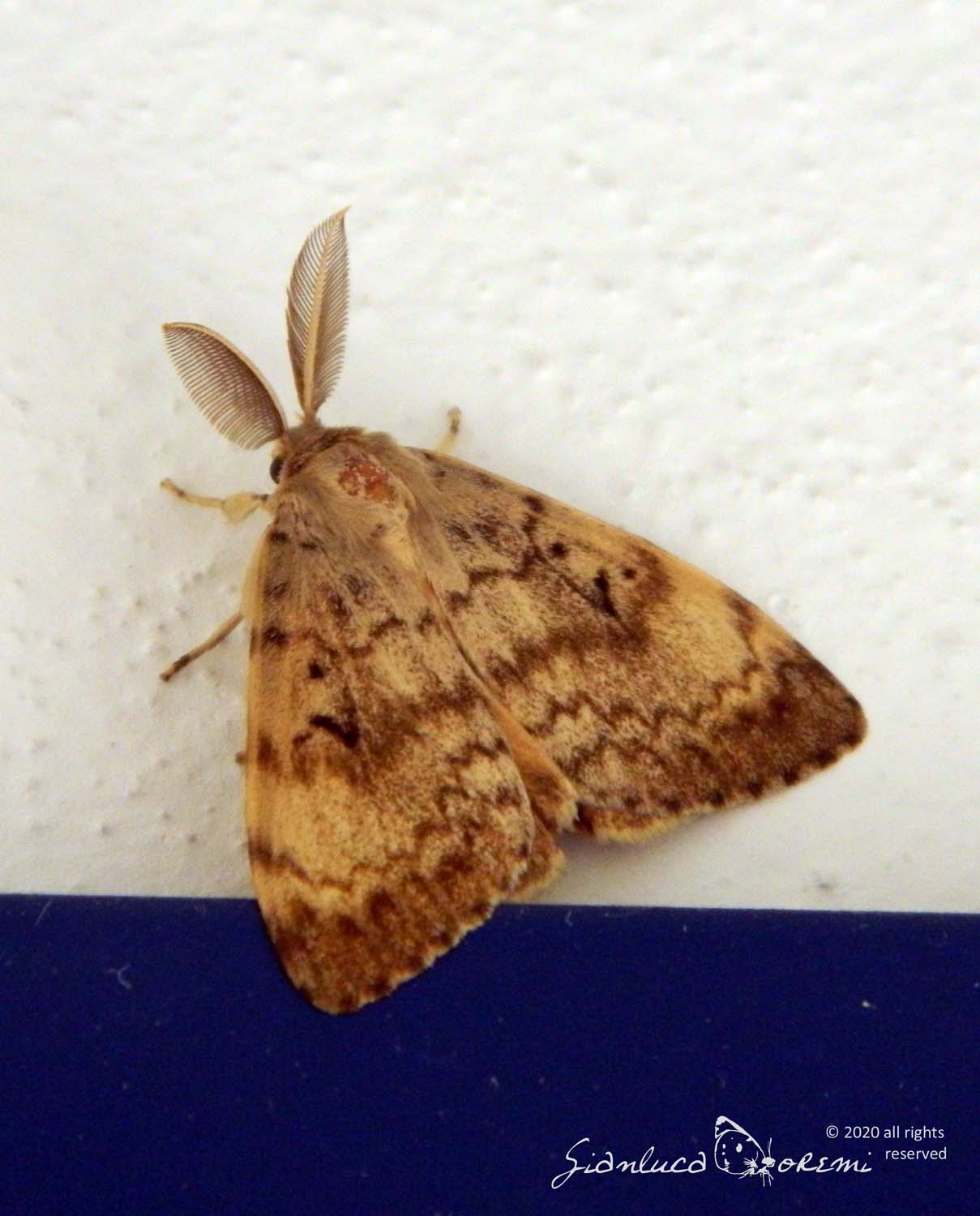
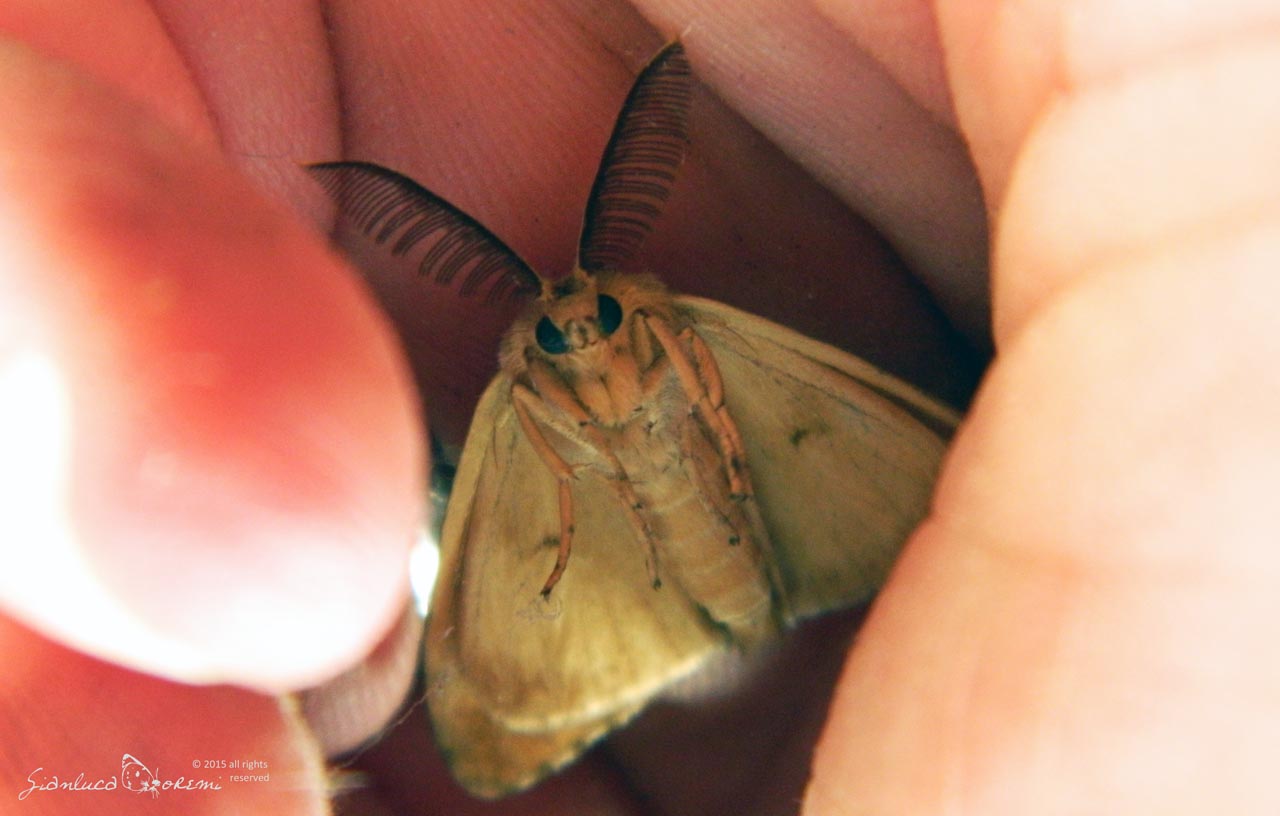
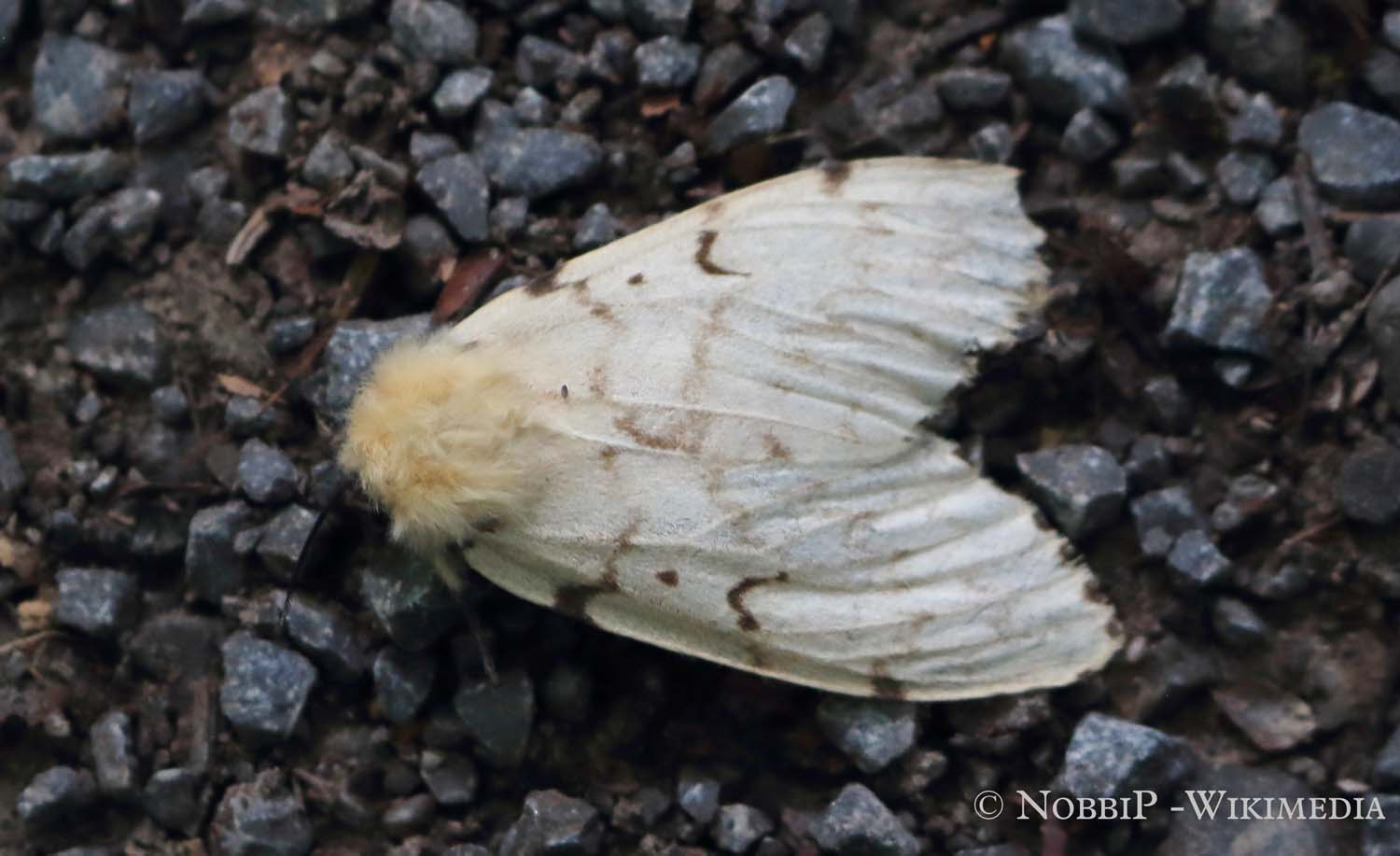
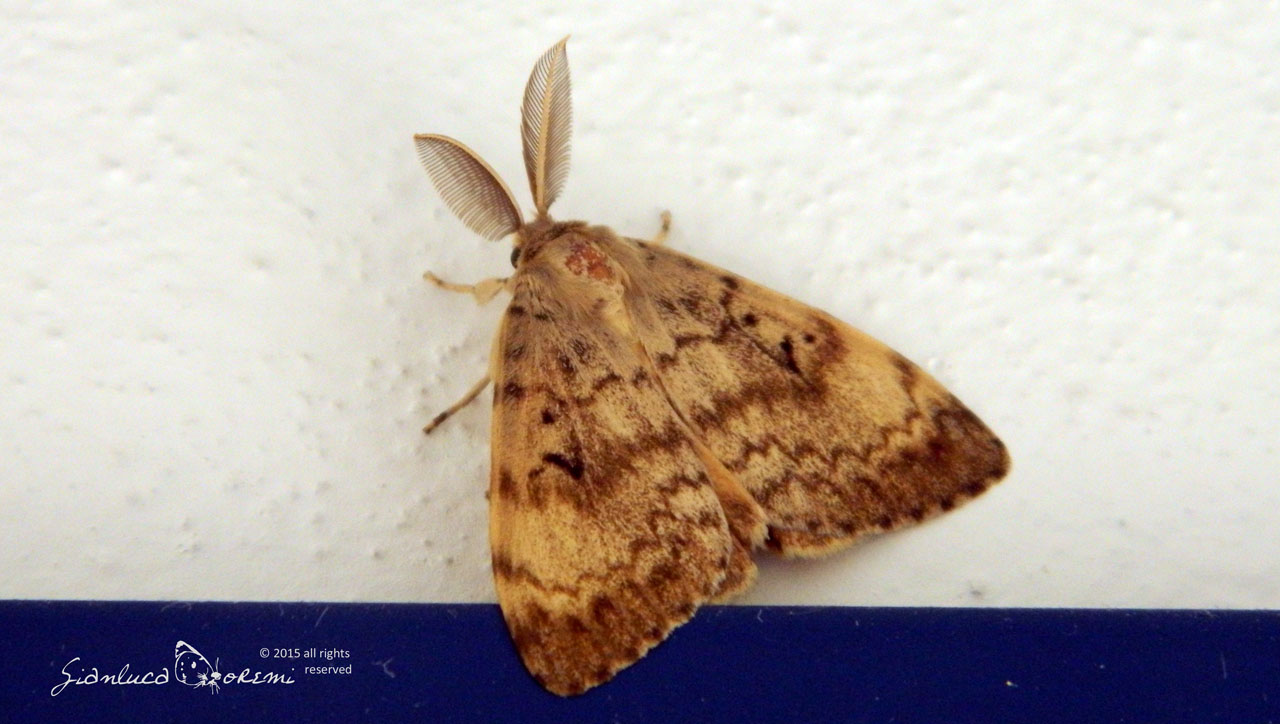
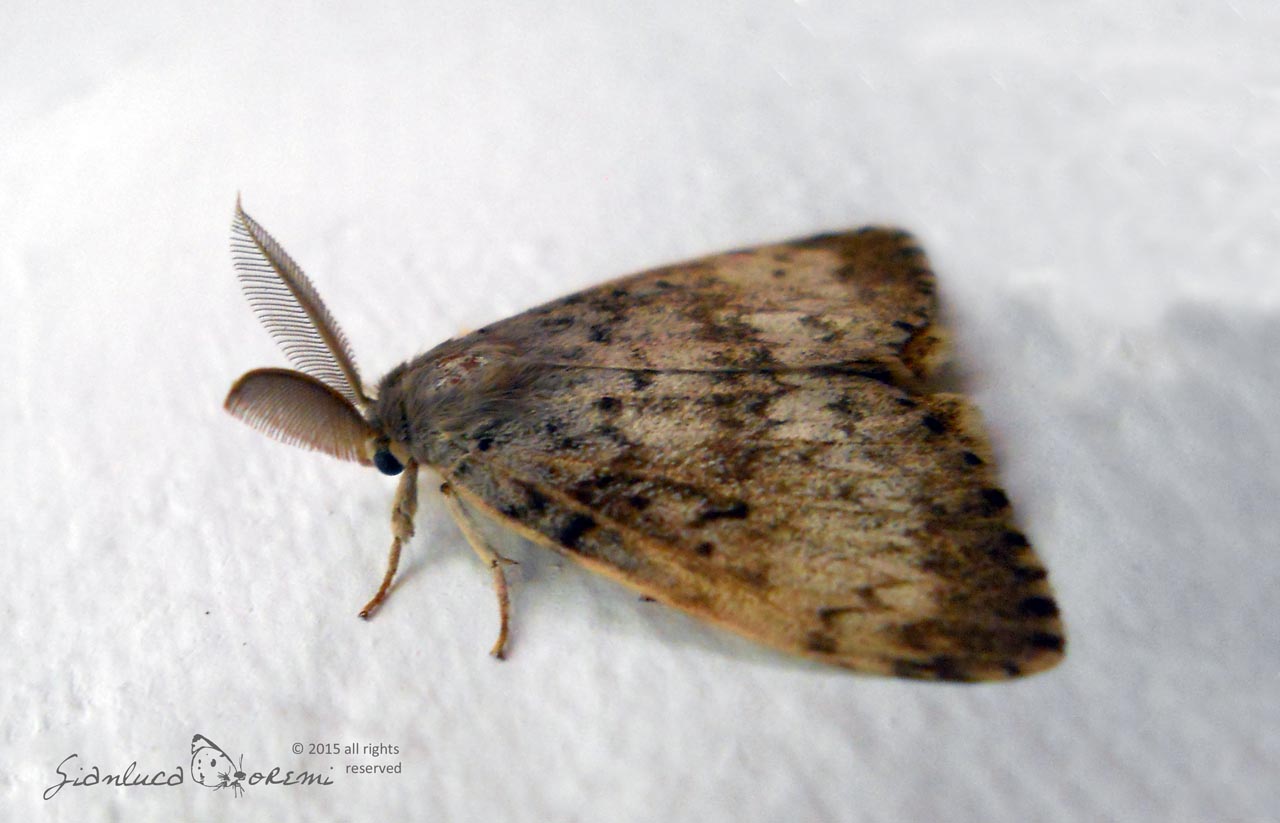
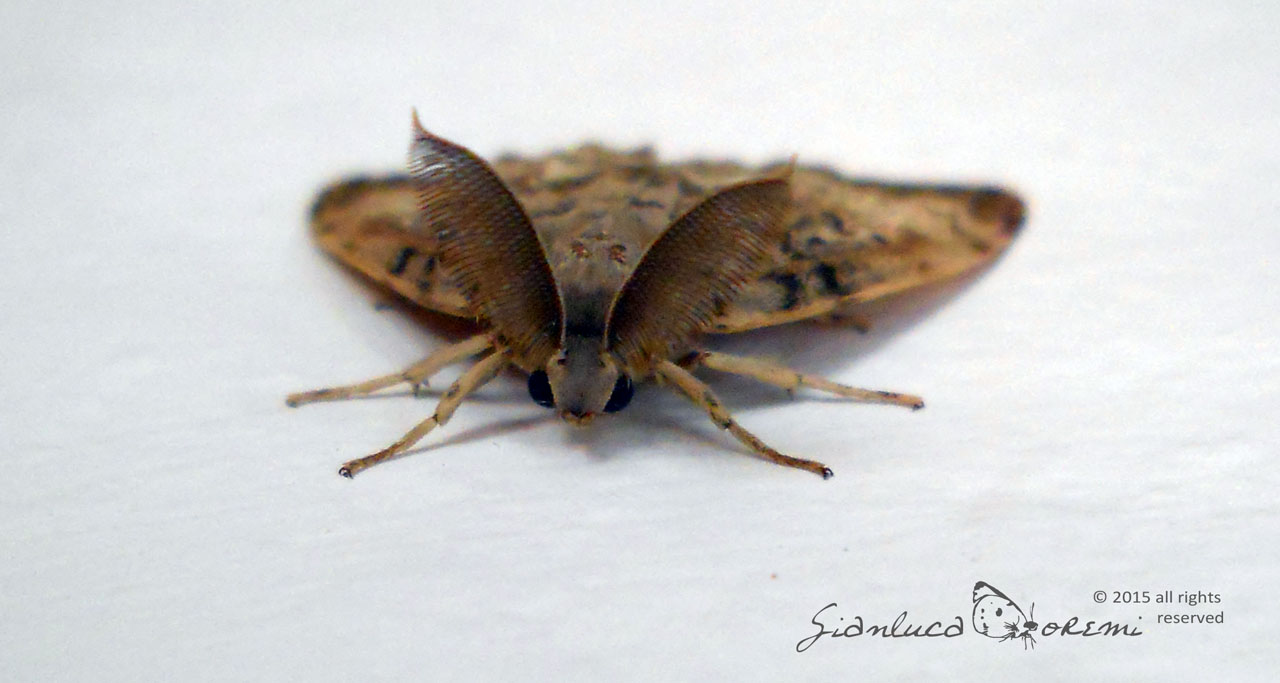

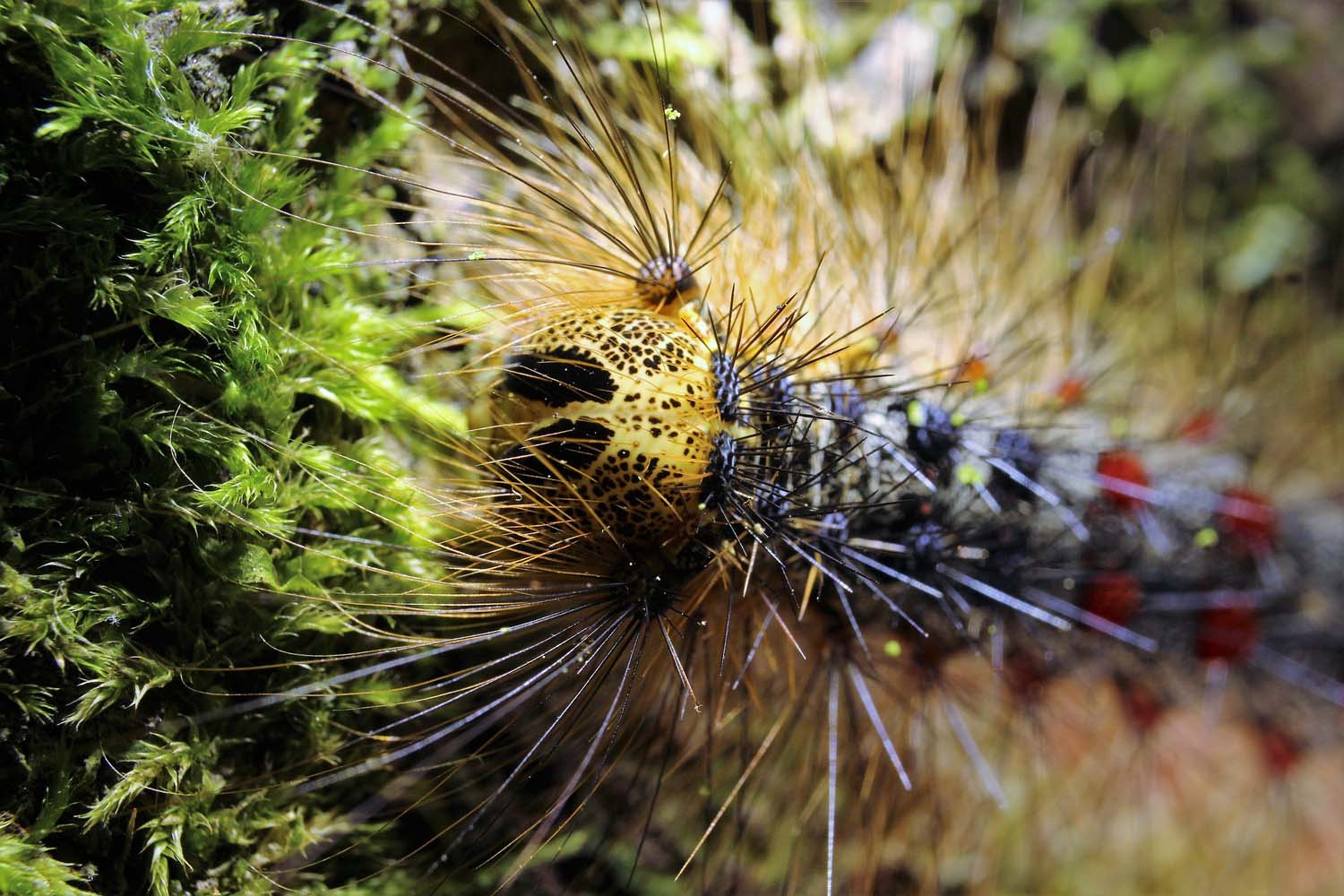
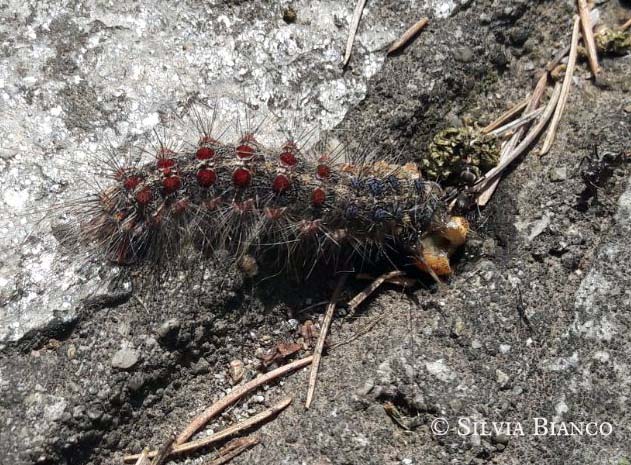
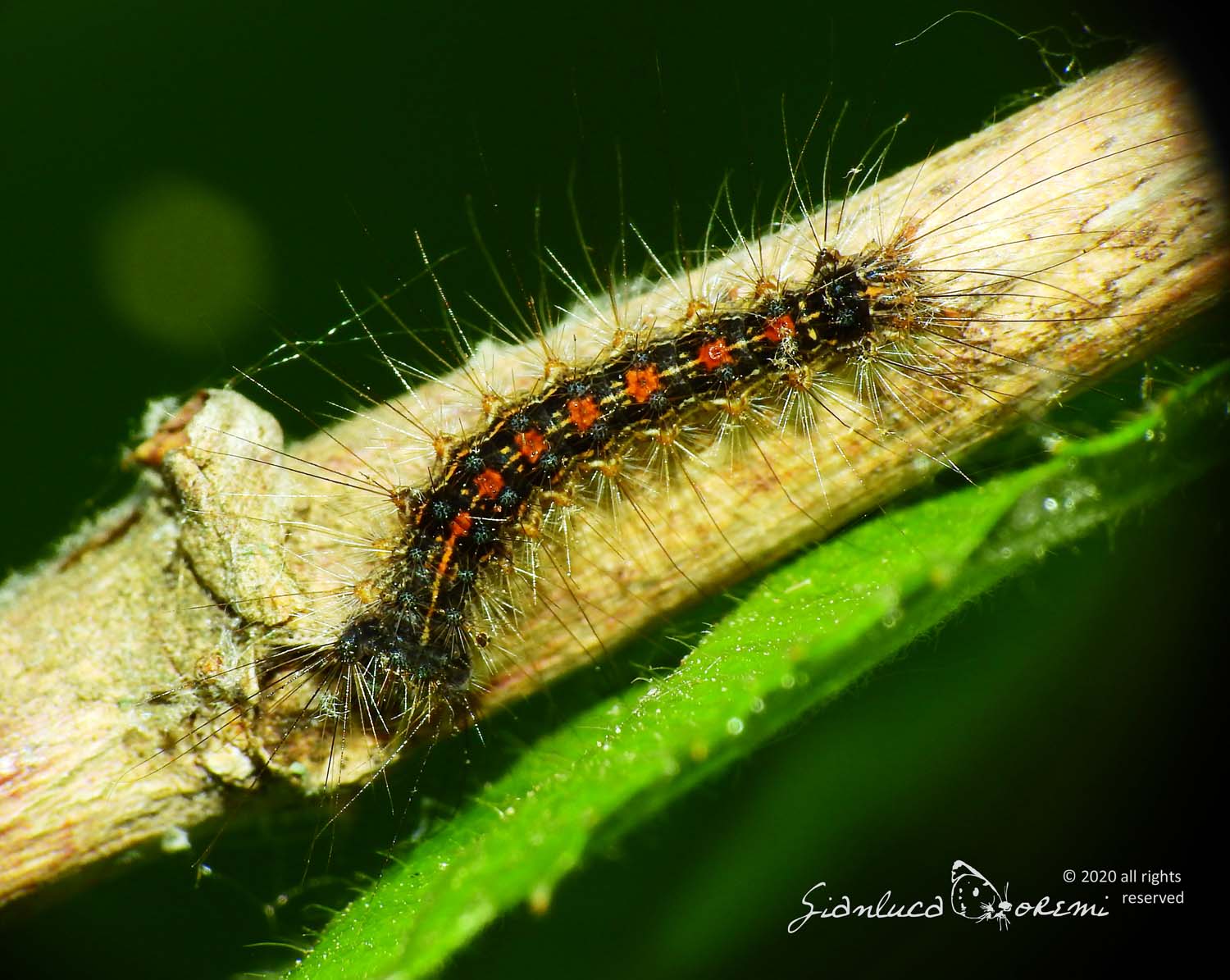

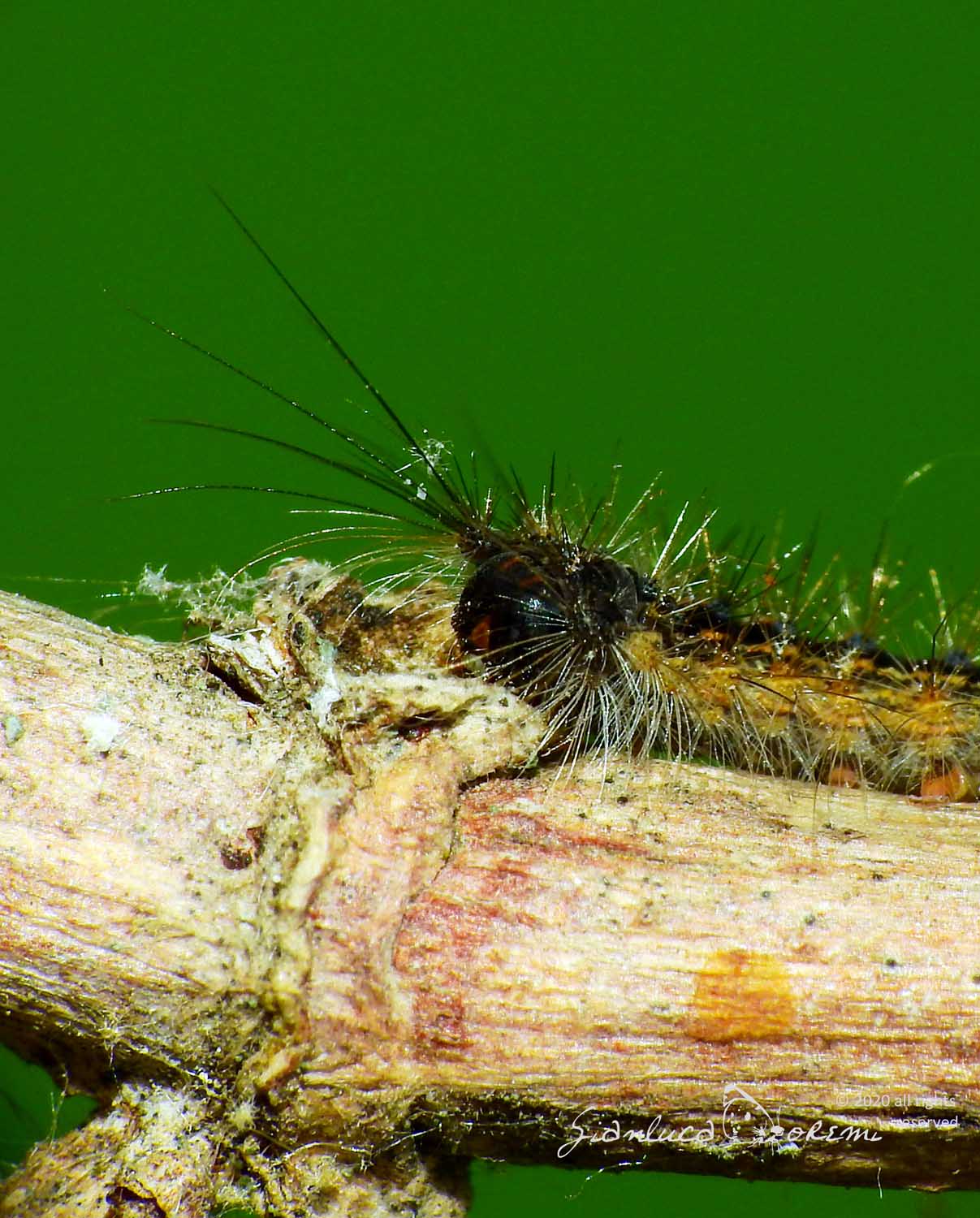
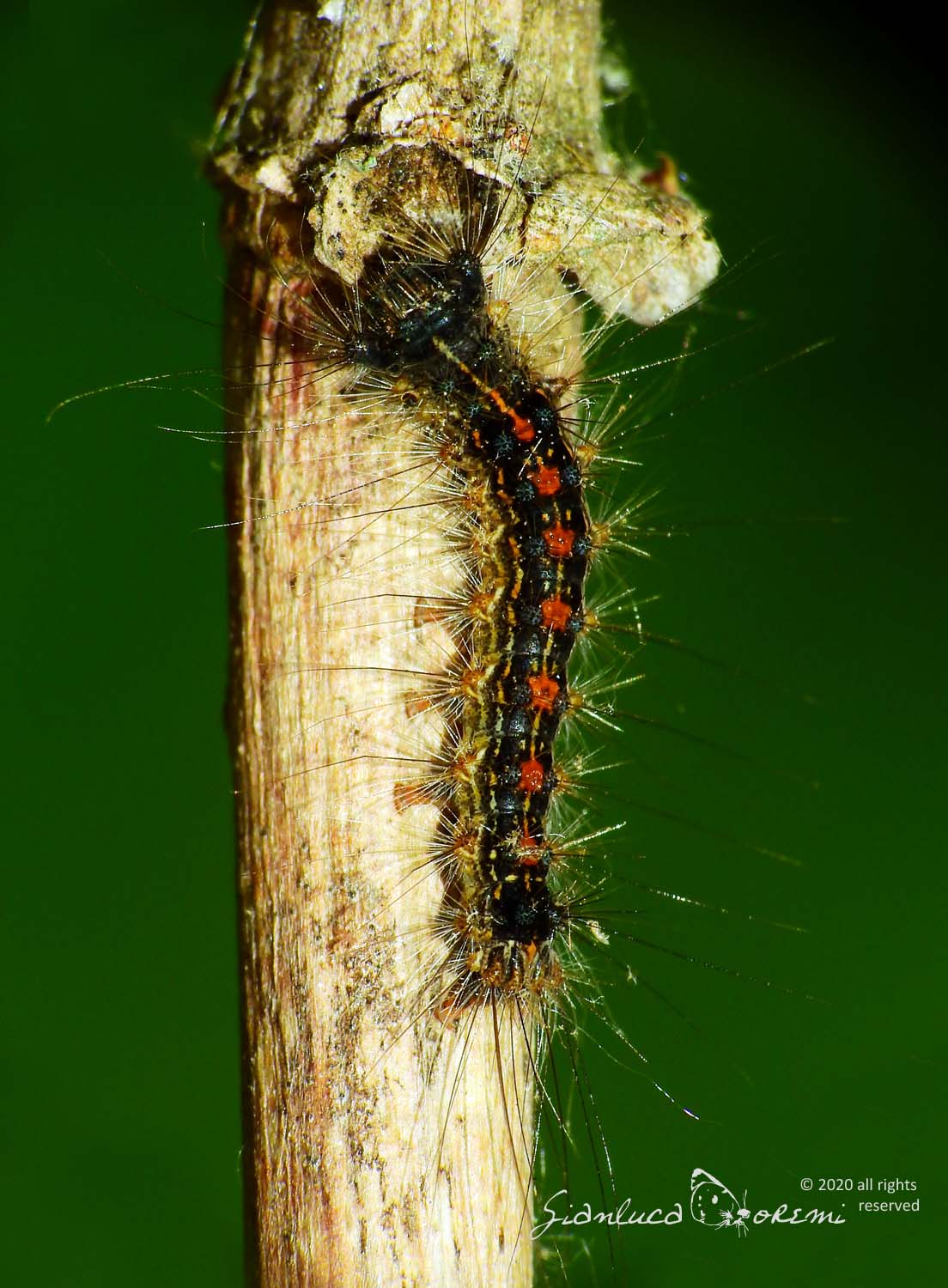

 EN
EN ITA
ITA
Social and publications